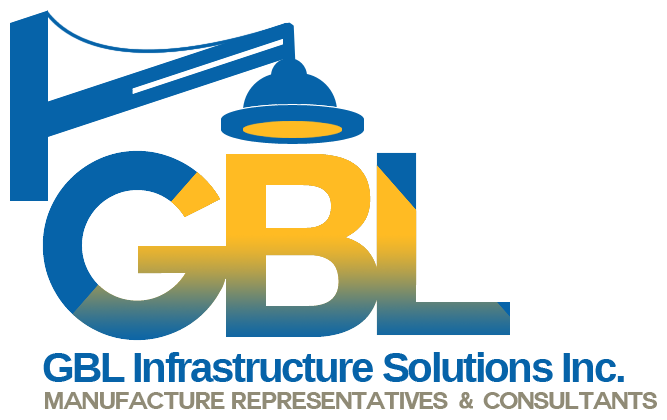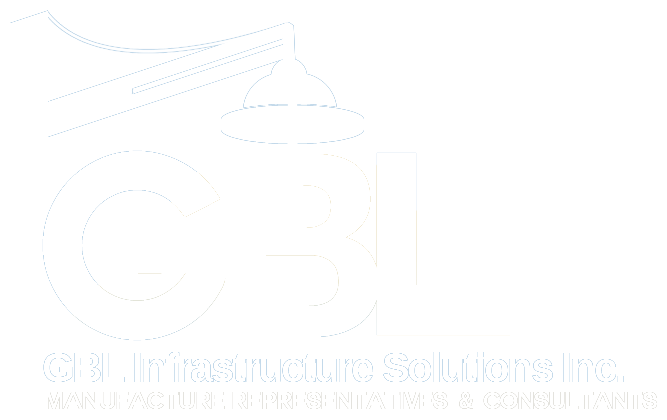Decorative Lighting and Small Cell Poles
Lighting infrastructure has undergone a transformative evolution in recent years, largely driven by advancements in technology. These innovations are enhancing energy efficiency, improving safety, and providing greater control over lighting environments, revolutionizing how we illuminate our homes, businesses, and public spaces.
One of the most significant technological advancements in lighting infrastructure is the adoption of California outdoor LED lighting projects. LEDs are vastly more energy-efficient than traditional incandescent bulbs, consuming up to 75% less energy and lasting 25 times longer. This dramatic improvement not only reduces electricity bills but also minimizes the environmental impact by lowering greenhouse gas emissions and reducing the frequency of bulb replacements.
Smart lighting systems and small cell poles are another groundbreaking development. Integrating with the Internet of Things (IoT), these systems allow users to control lighting remotely via smartphones or other devices. Smart bulbs can adjust brightness and color based on the time of day, occupancy, or user preferences. These systems offer extensive customization, enabling users to create mood lighting that can sync with music, movies, or even alarm systems. Additionally, they can integrate with voice-activated assistants, providing hands-free control over the lighting environment.
Advanced sensors and automation are also playing a crucial role in modern lighting infrastructure. Motion sensors can detect movement and automatically turn lights on or off, enhancing both convenience and security. For example, in commercial spaces and public buildings, occupancy sensors ensure that lights are only on when rooms are in use, significantly reducing energy waste. Daylight harvesting systems adjust artificial lighting based on the amount of natural light available, maintaining optimal lighting conditions while conserving energy.
Smart street lighting is another area where technology is making a significant impact. These systems use connected LED streetlights that can be remotely managed and monitored. By integrating with smart city platforms, they can adapt to real-time conditions such as traffic density or weather changes. Adaptive lighting can brighten in response to increased pedestrian activity or dim when streets are empty, enhancing both energy efficiency and public safety. Moreover, these systems can include features such as cameras, environmental sensors, and communication modules, transforming streetlights into multifunctional smart infrastructure components.
Lighting control software is also enhancing the capabilities of modern lighting systems. These platforms enable centralized management of lighting across large facilities or citywide networks. Facility managers can monitor energy usage, identify maintenance needs, and optimize lighting schedules from a single interface. This centralization not only simplifies operations but also contributes to substantial cost savings and improved efficiency.
The integration of renewable energy sources with decorative lighting poles represents another forward-thinking advancement. Solar-powered streetlights and off-grid lighting solutions harness solar energy, reducing dependency on conventional power sources and providing sustainable lighting options for remote or underserved areas.
Read More About California Outdoor LED Lighting Projects
New technologies are revolutionizing lighting infrastructure, making it more efficient, customizable, and integrated with broader smart city ecosystems. From energy-efficient LEDs and smart bulbs to advanced sensors, automation, and renewable energy integration, these innovations are lighting the way to a more sustainable and intelligent future. To learn more about the future of lighting in your city, contact GBL today!


















